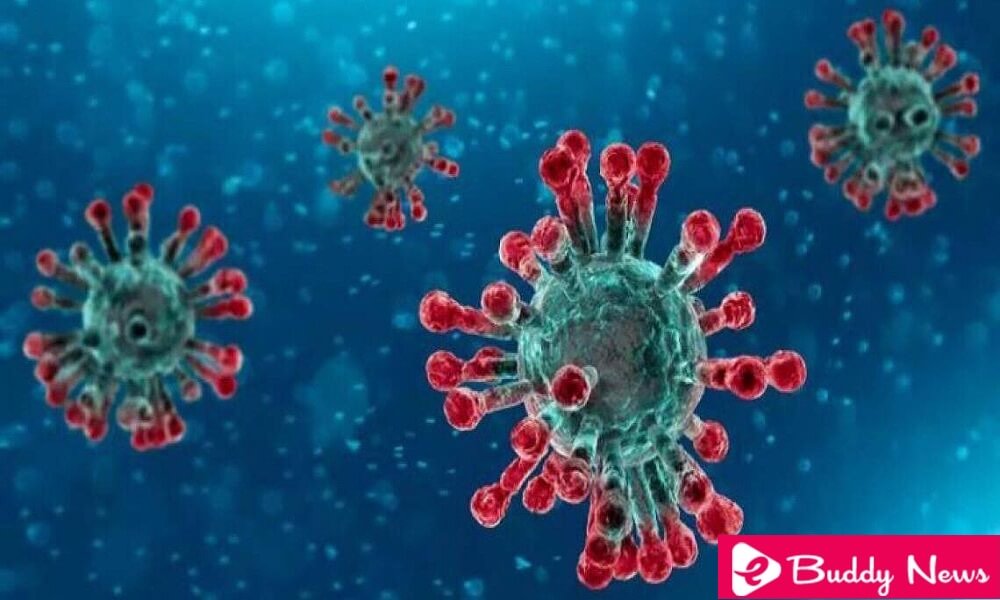Treatment of COVID-19, Science or Art? Experience or Intuition?

The drugs used to cure COVID-19 lack the strength and efficacy necessary as scientifically-proven therapies. There is more research and clinical trials than certainties and definitive results. What have we found out and learned from March until now? In this context, let us discuss about Treatment of COVID-19 is science or art?
Cure in a Pandemic, Without Drugs, With Brutal Overload
This is how doctors and all health professionals have had to work to heal and save the lives of patients affected by COVID-19, especially between mid-March and mid-April, a month that they and we will never forget.
- Partially unforeseen pandemic
- Extraordinary contagion capacity
- Clinical severity
- Serious mortality in vulnerable people
- Absence of treatments and ignorance of effective drugs with scientific evidence
- Overloading an already overloaded system
- Multiple losses due to contagion in healthcare personnel, an aspect that could have been avoided
The surge in hospital admissions reached 16,000 people at the beginning of April, with 100 percent of the beds occupied and intensive care units at 300 percent, enabling spaces in libraries or endoscopy rooms, Vicente Estrada recalls. , who defines the severity of the disease mainly due to its strong inflammatory component.
Doctors exposes the situation of specific treatments. Neither hydroxychloroquine nor lopinavir provide utility; remdesivir is improving in younger patients and not very serious situation; there is a lot of research, many clinical trials, with no results at the moment. The dexamethasone , endorsed by a study of this week, it does seem useful for severely ill.
Uncertainty And Absence of Scientific Evidence
Senior Doctor, Fernando García Alonso clearly states it: “There is uncertainty, there is no scientific evidence, but in a situation of a new acute epidemic, it is impossible to have scientific evidence for treatment of Covid-19″
His approach to treatments and a vaccine against COVID-19 is skeptical, and illustrates the difficulties in finding therapies against other corona viruses, such as SARS or MERS, or even against the common cold or flu, which do not have neither vaccines nor totally effective treatments.
” Thinking of a vaccine against COVID-19 in the short term is an entelechy, ” he says, and he does not rule out that the epidemic weaken before there is a medicine capable of ending it.
“Most likely, there are vaccines and treatment of Covid-19 that will be used in combination,” he adds.
“Having seen many patients with COVID-19, you have an intuition from which to compare and know what to do. Medicine is science, but it is also art in many clinical circumstances, not only COVID, when treatments without solid scientific evidence must be applied, ”he emphasizes.
What was Learned In Three Months And the Risk Of Regrowth
“At the beginning of the pandemic there were no clinical trials, only observational studies. We have now learned that the early use of anti-inflammatory may have meant a before and after, deaths were reduced. A judicious use of corticosteroids is reasonable. Giving anticoagulants to patients with inflammation we have seen that controls many unexpected thrombosis. Also that giving antivirals early, with little time for symptoms, is when it is most effective, not when the disease has progressed. And that we should not give drugs whose side effects can do a lot of damage, ”Vicente Estrada reviews.
“What improves is clinical management from experience when there is no scientific evidence,” emphasizes some of the doctors.
Some doctors add that “If there was a regrowth like in March, we would use more antivirals, although they are not very effective, but it is a drug without too many side effects. Also more anti-inflammatory and dexamethasone, which work. Now we have more clinical trials and more references ”,
In terms of healthcare planning, the doctor remembers the avalanche of patients that “overflowed everything beyond control” and points out: “I do not know how it can be foreseen, honestly. The emergencies reacted magnificently, everything was dedicated to COVID, with a thousand patients a day. Maybe more help from primary care. ”
Doctors have an impact on this point: “ In a second regrowth everything should go for the better . Primary care would help stop the epidemic, there would be more tests, we would have more experience with treatments. The goal would be not to admit many patients, but what do you give them at home? Not only paracetamol and oral medication if they have a fever of 40, “he points out, and considers treatment at home a challenge.
Young Patients and Treatment of Covid-19
“It is surprising that young and healthy people, without a history, without comorbidities, develop a serious disease, perhaps there is a genetic factor. Young people have responded the same as older people. Neither better nor worse. Everyone has responded poorly to treatments because we have nothing to give them with much credit. In general, if the inflammatory response was very pronounced, young people have responded better to anti-inflammatory drugs, “says Estrada.
“The advantage of young patients is that after the disease they can recover more easily, without sequel. An older patient who has been seriously ill may never fully recover ”, García Alonso completes.














